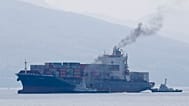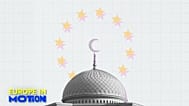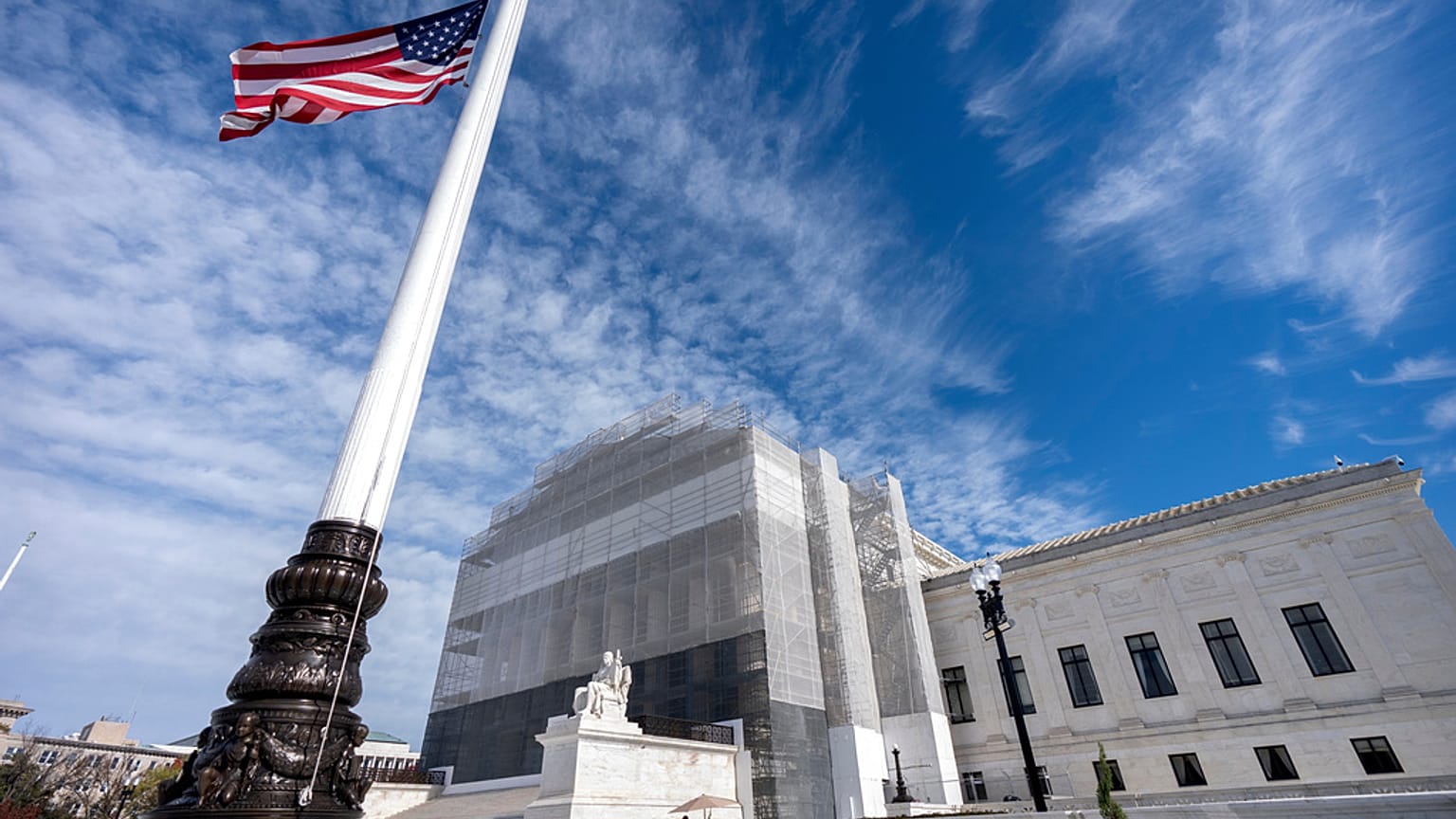Donald Trump warns the US could be left 'defenceless' if the Supreme Court overturns his global tariffs — but he still has multiple legal tools to keep taxing imports.
US President Donald Trump has warned that the United States could potentially be “reduced to almost Third World status’’ if the Supreme Court strikes down the tariffs he imposed this year on nearly every country in the world.
During oral arguments on Wednesday, the justices sounded sceptical of his sweeping claims of authority to impose tariffs at will.
In reality, though, Trump would still have plenty of options to continue taxing imports aggressively even if the Court rules against him. He could re-use tariff powers he deployed in his first term and draw on others, including one dating back to the Great Depression.
“It’s hard to see any pathway here where tariffs end,” said Kathleen Claussen, a trade law professor at Georgetown University. “I’m fairly convinced he could rebuild the tariff landscape he has now using other authorities.”
At Wednesday’s hearing, Neal Katyal, the lawyer representing small businesses seeking to overturn the tariffs, argued that Trump did not need the boundless authority he claims under the 1977 International Emergency Economic Powers Act (IEEPA). That is because Congress has delegated tariff powers to the White House under several other statutes — though it has carefully limited how the president may use them.
"Congress knows exactly how to delegate its tariff powers," Katyal said.
Tariffs have become a cornerstone of Trump’s foreign policy in his second term, with double-digit 'reciprocal' tariffs imposed on most countries. He has justified them by declaring America’s longstanding trade deficits a national emergency.
The average US tariff has risen from 2.5% when Trump returned to the White House in January to 17.9% — the highest since 1934 — according to calculations by Yale University’s Budget Lab.
The president acted unilaterally, even though the US Constitution specifically grants the power to tax – and impose tariffs – to Congress.
Still, Trump “will have other tools that can cause pain,’’ said Stratos Pahis of Brooklyn Law School.
Countering unfair trade practices
The United States has long had a cudgel for countries it accuses of engaging in “unjustifiable,’’ “unreasonable’’, or “discriminatory’’ trade practices: Section 301 of the Trade Act of 1974.
Trump has made aggressive use of it himself — particularly against China. In his first term, he invoked Section 301 to impose sweeping tariffs on Chinese imports in a dispute over Beijing’s sharp-elbowed tactics to challenge America’s technological dominance. The US is also using Section 301 powers to counter what it calls unfair Chinese practices in the shipbuilding industry.
“You’ve had Section 301 tariffs in place against China for years,'' said Ryan Majerus, a partner at King & Spalding and a former trade official in both the Trump and Biden administrations.
There are no limits on the size of Section 301 tariffs. They expire after four years but can be extended.
However, the administration’s trade representative must conduct an investigation and usually hold a public hearing before imposing 301 tariffs.
John Veroneau, general counsel for the US trade representative in the George W. Bush administration, said Section 301 is useful in tackling China. But it is less practical when dealing with the smaller countries Trump has hit with reciprocal tariffs.
“Undertaking dozens and dozens of 301 investigations for all those countries is a laborious process,’’ Veroneau said.
Targeting trade deficits
In striking down Trump’s reciprocal tariffs in May, the US Court of International Trade ruled that the president could not use emergency powers to combat trade deficits.
That is partly because Congress had already given the White House limited authority to address such imbalances in another statute: Section 122, also part of the Trade Act of 1974. It allows the president to impose tariffs of up to 15% for as long as 150 days in response to unbalanced trade — and does not even require an investigation beforehand.
However, Section 122 authority has never been used to apply tariffs, and there is uncertainty about how it would function in practice.
Protecting national security
During both of his terms, Trump has aggressively used his powers under Section 232 of the Trade Expansion Act of 1962 to impose tariffs on imports he deems a threat to national security.
In 2018, he slapped tariffs on foreign steel and aluminium, measures he has expanded since returning to the White House. He also used Section 232 to target imports of cars, car parts, copper, and timber.
In September, the president even imposed Section 232 tariffs on kitchen cabinets, bathroom vanities, and upholstered furniture. “Even though people might roll their eyes’’ at the idea that imported furniture poses a national security threat, Veroneau said: “it’s difficult to get courts to second-guess a determination by a president on a national security matter.’’
Section 232 tariffs are not limited by law but do require an investigation by the US Commerce Department. Because it is the administration itself that conducts the inquiry — as with Section 301 cases — “they have a lot of control over the outcome,’’ Veroneau noted.
Reviving Depression-era tariffs
Nearly a century ago, as the US and global economies collapsed, Congress passed the Tariff Act of 1930, imposing heavy taxes on imports. Known as the Smoot-Hawley tariffs (after their congressional sponsors), these duties have been widely condemned by economists and historians for restricting global trade and deepening the Great Depression. They even received a memorable pop-culture mention in the 1986 film Ferris Bueller’s Day Off.
Section 338 of the law authorises the president to impose tariffs of up to 50% on imports from countries that discriminate against US businesses. No investigation is required, and there is no limit on how long the tariffs may remain in place.
Such tariffs have never actually been imposed — US trade negotiators have traditionally preferred Section 301 sanctions instead — although the United States used the threat of them as leverage in trade talks during the 1930s.
In September, Treasury Secretary Scott Bessent told Reuters that the administration was considering Section 338 as a “Plan B’’ if the Supreme Court ruled against Trump’s use of emergency-powers tariffs.
The Smoot-Hawley legislation has a poor reputation, Veroneau said, but Trump might find it appealing. “To be the first president ever to use it could have some cachet.’’















